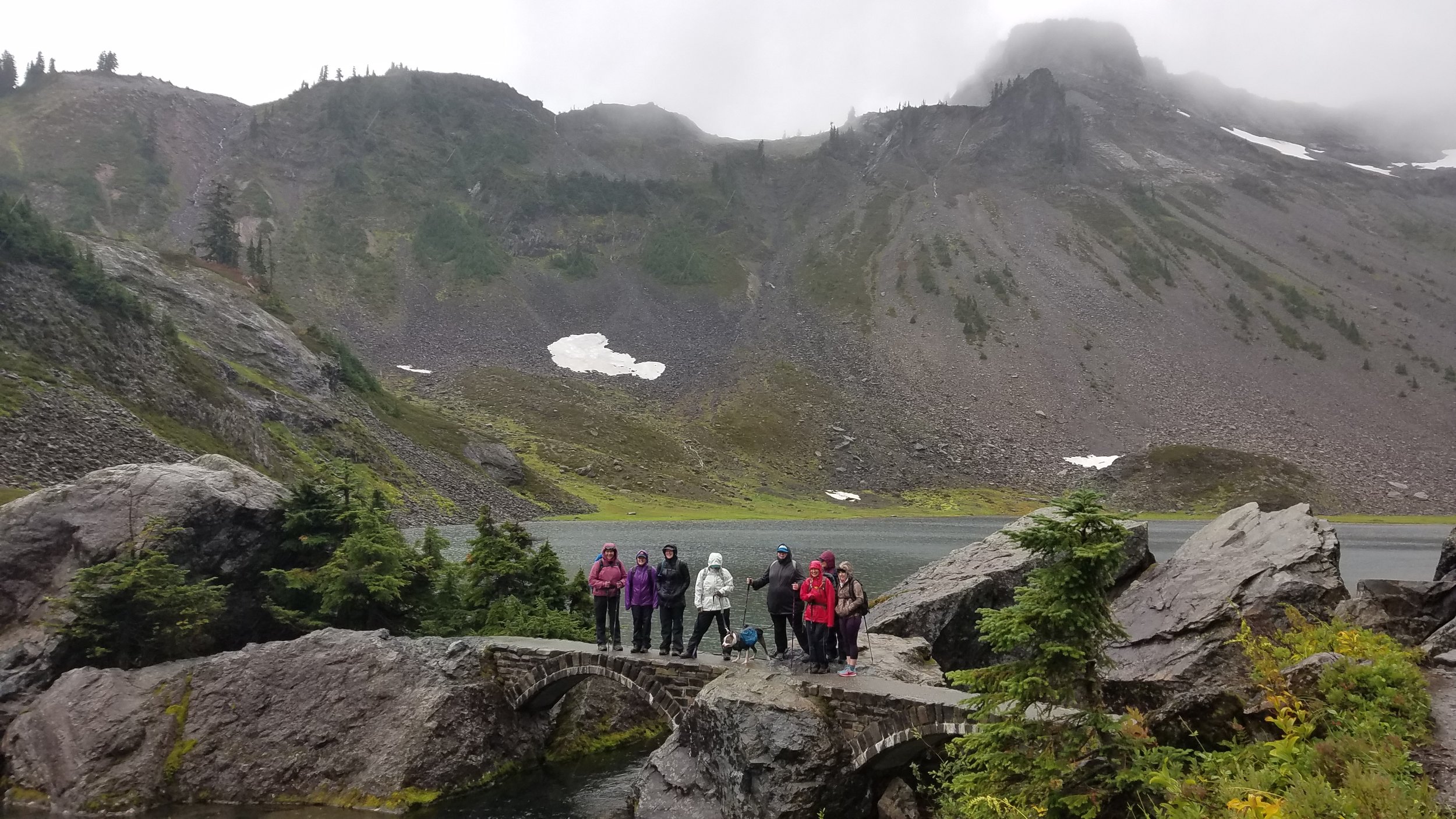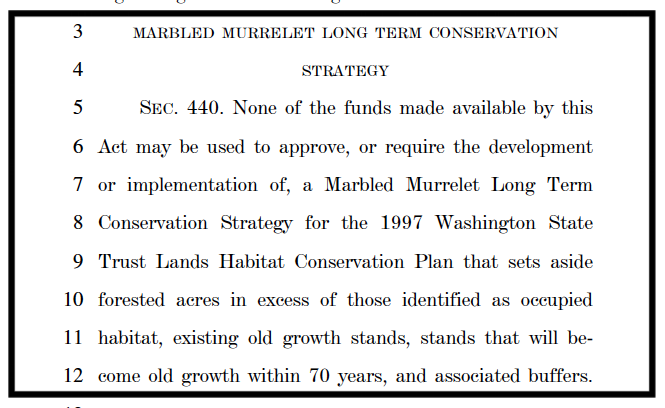This past Sunday I was the guest hiker-speaker for the monthly adventure of the Alpine Trails Book Club, a high-energy group of hikers who love hiking and reading and talking about books in equal measure.
The trip leader had thoughtfully selected the Chain Lakes hike on Mt. Baker because of it’s elevation (5,400 feet) and stunning views of Mt. Baker, Mt. Shuksan, alpine meadows and lakes, and—ideally—cloudscape. The clouds did not cooperate but this did not matter one bit. This happy group literally laughed at the rain and the nimbostratus clouds that brought it all. A good thing I had dedicated a large chuck of my book, A Sideways Look at Clouds, to nimbostratus clouds and how it rains.
It was this kind of cloud, after all, that not only rained on us but that filled the lakes and created the waterfalls and nourished the wild blueberries that graced this lovely alpine trail.
The ten of us were pretty much soaked from the rain when we found our way to a covered porch at the Heather Meadows Visitor Center. The hot tea was poured into mugs and china (yes, real china!) cups and then out came the homemade cloud-shaped cookies (putting to shame my dozen donut holes I brought along as a visual aid while describing the origin of the word “cloud”—from “clod.”) And then one of the trip leaders brought out a pocket sling psychrometer—an old-fashioned (non digital) but time-honored tool for measuring relative humidity and calculating dew point—the temperature below which water vapor condenses into liquid water. This is critical information for hikers interested in knowing at what point they are going to be hiking in the clouds instead of under them.
Just as I was about to launch into a short reading from my book, we all smelled the sweet fragrance of wood smoke. The volunteers at the Heather Meadows Visitor Center had built a snap-crackling fire in the beautiful stone fireplace in this historic building crafted in the 1930s by workers in the Civilian Conservation Corps. So in we went to shed our wet gear and cozy up for a fireside reading about the marvels of nimbostratus clouds and the rain drops. It was a real pleasure as an author to have such an engaged group to talk and hike with—and flattering to hear their thoughtful comments and questions about my ramblings in the clouds.
The rain continued so we didn’t hike higher up into the clouds. Though we had a different kind of cloudy day in mind for this hike (like the one that happened the very next day) it was crystal clear that the clouds control the narrative and this was our day to fully embrace the nimbostratus. My rain hat is off to the fair- and foul-weather outdoorswomen literati of the Alpine Trails Book Club!
To learn more about the Alpine Trials Book Club (book list, adventure tales) please visit their wonderful website here.
















